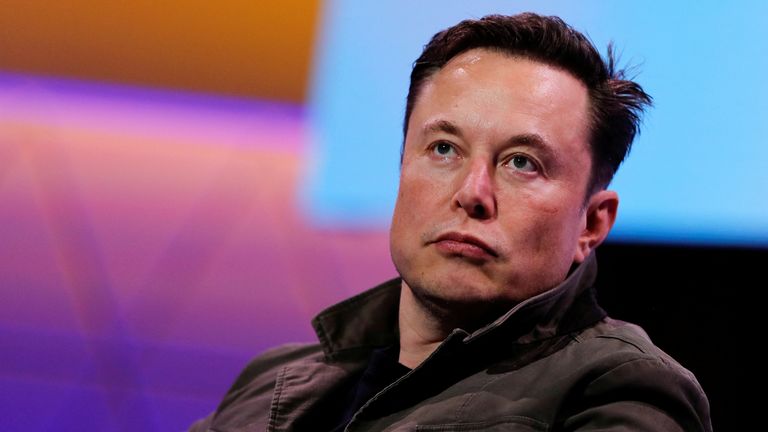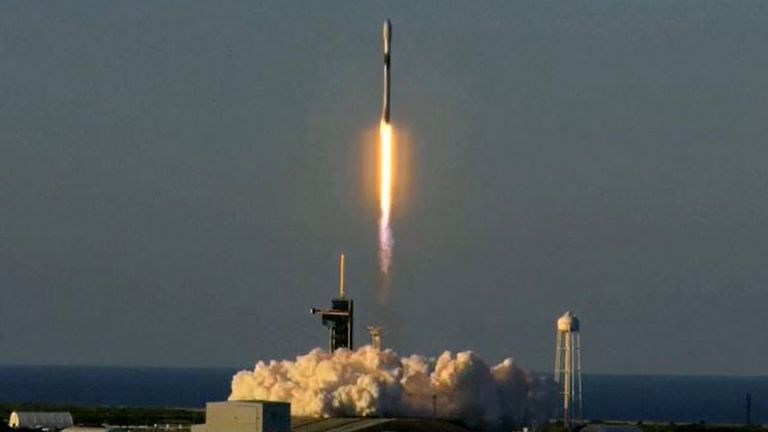
NASA is among some major companies to raise concerns about SpaceX’s plan to deploy around 30,000 satellites for its Starlink, fearing they may crash into other objects orbiting the Earth.
Elon Musk’s SpaceX previously received authorisation to offer broadband internet from 12,000 satellites and has since requested authorisation for a second-generation constellation of 30,000 satellites.
In a statement to the Federal Communications Commission (FCC), NASA said it “has concerns with the potential for a significant increase in the frequency of conjunction events”.
The US space agency also expressed worry about the possible impacts to its science and human spaceflight missions.
There are currently 25,000 total objects tracked on-orbit – and around 6,100 below 600km, NASA noted.
SpaceX’s Gen2 expansion “would more than double the number of tracked objects in orbit and increase the number of objects below 600 km over five-fold,” it said.
Harvard-Smithsonian astrophysicist Jonathan McDowell, who is part of the American Astronomical Society panel examining the impacts of satellites on astronomy said: “We’ve been concerned with having these large numbers of satellites that interfere with astronomical observations.”
He added: “I think we need a little more experience with the several thousand operating satellites before
we can ramp up to the tens of thousands.”
SpaceX has not responded to a request for comment.
On 15 January, business magnate Musk tweeted that SpaceX had 1,469 Starlink satellites active and 272 moving to operational orbits soon.
Amazon.com also raised concerns with the FCC about SpaceX’s plan, as did Dish Network.
Amazon, which has pledged to spend at least $10bn (£7bn) to build 3,236 such satellites through its Project Kuiper programme, said “at least hundreds-and potentially more than 10,000 SpaceX satellites could operate at the same altitudes as the Kuiper System” under SpaceX’s application.
It also warned “the effect of this orbital overlap would be a dramatic increase in risks and other burdens on the Kuiper System”, and went on to ask the FCC to impose “reasonable conditions”.
Separately, SpaceX confirmed that a geomagnetic storm destroyed most of the Starlink satellites it launched last Friday.
It said 40 of its 49 satellites were going to fall back to Earth – though they are designed to burn up on re-entry – after a space storm “significantly impacted” them.
They were part of a planned satellite constellation that is intended to eventually provide constant internet coverage for most of the world.
Satellite technology, while extremely expensive to deploy, can provide high-speed internet for people who live in remote or hard-to-serve places.
It may also be a critical backstop when hurricanes or other natural disasters disrupt communication.







More Stories
5 Reasons Why Everyone Should Look Forward to Save Earth Mission’s Takeoff Event
Save Earth Mission’s Takeoff Event Countdown Starts: Get Ready to Witness History
The Save Earth Mission: A Global Movement Towards a Sustainable Future